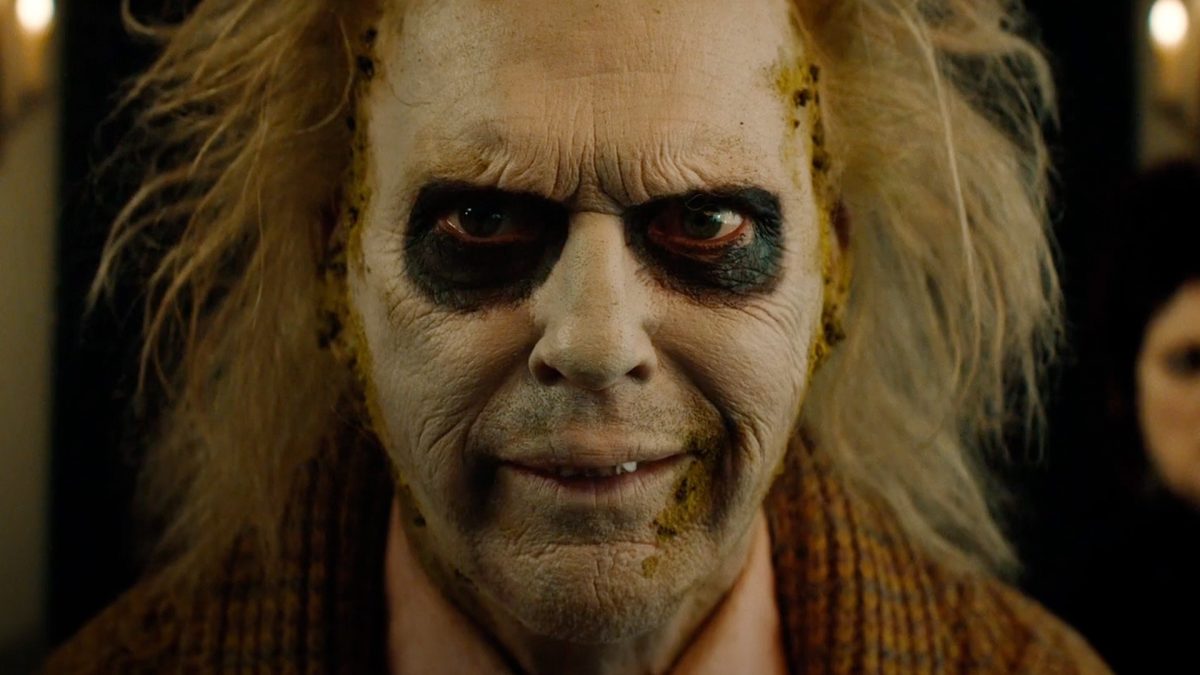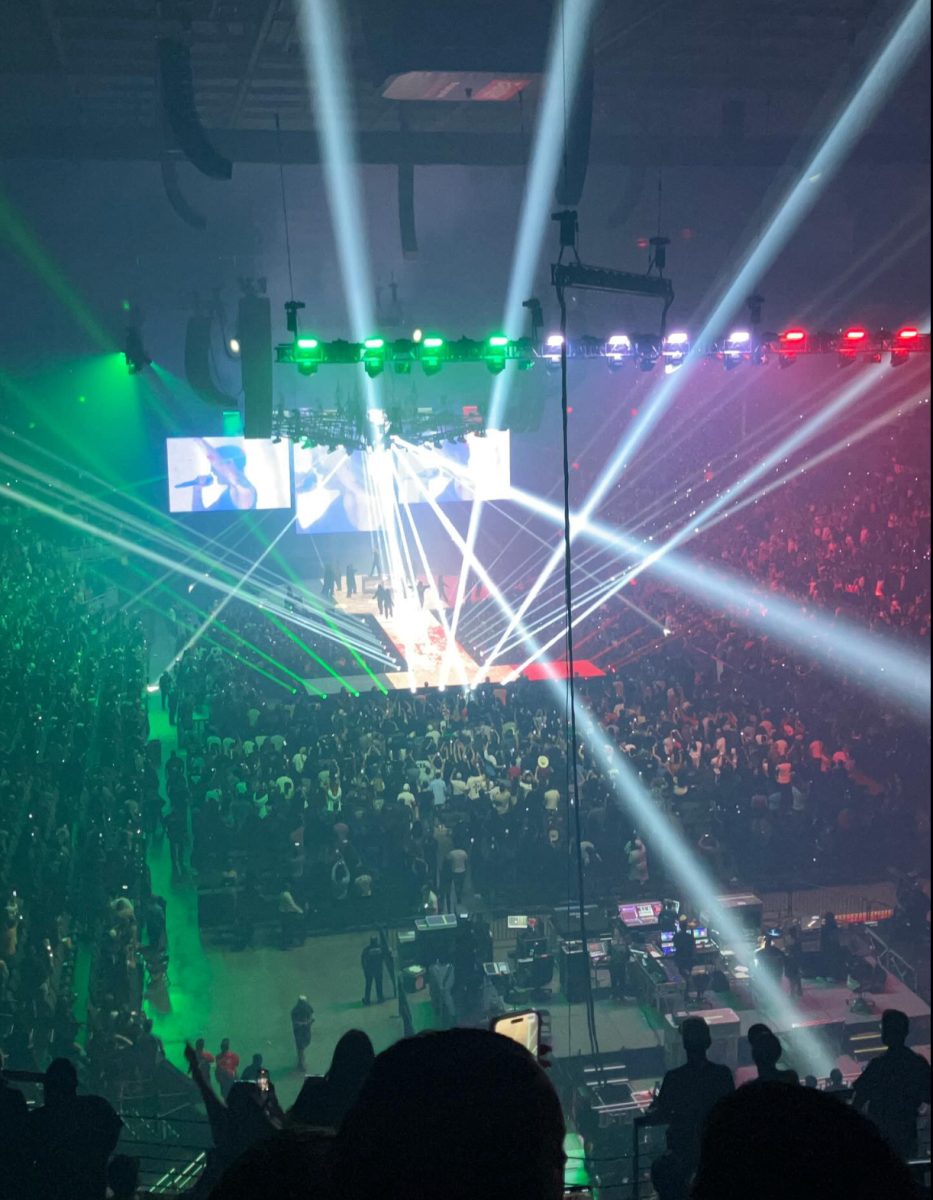Clubbing for high schoolers please
A very stigmatized view of clubbing exists in the United States. Within Omaha, there is not a single club you can get into as a minor. This means that, in order to fulfil the primal urge to dance that has existed in teenagers since the beginning of time, people go to house parties. These are honestly far more likely to have illegal substances than a dance club with a bouncer.
However, this stigma does not exist everywhere. In many European countries, clubs are open to teens. For example, in Italy, the age of clubbing is sixteen. Without the high age requirement, behavior changes to be safer, like the way adults stop cussing when a child enters the room.
The potential good that dance clubs could bring is much more valid than the stigma surrounding it, especially now. Human life has never been so sedentary—we sit at school, in our cars and at home. Dance offers exercise in a form that’s much more fun than the treadmill. More fun means that we are more likely to make it a healthy habit. Dance promotes both physical and mental health for teens. Teen anxiety and depression have gone from 11% to 25% since the pandemic began. Dancing has been proven over and over to boost endorphins, while decreasing feelings of loneliness, anxiety and rumination.
Dances as social events have always been a part of American history. Square and swing dances were the social events for teens in agricultural areas since the early 1900s. The 1940s brought jazz clubs as locations for dancing and socializing to the cities. The 70s brought discos. Electric music turned discos into the rave dance clubs of the 80s and 90s. It’s only recently that there has been an absence of places for social dances in the country.
Clubbing is not a dirty activity. It could be exactly what feels missing in teenage life right now. Dance clubs for teenagers would increase teen mental and physical health, not crime rates.
Your donation will support the student journalists of Omaha Central High School. Your contribution will allow us to purchase equipment and cover our annual website hosting costs.

Hey. I'm Chloe Johnson (she/her). I'm a senior and this is my fourth year on the Register. Staff voted me most likely to have been a hippie in the 60s,...












